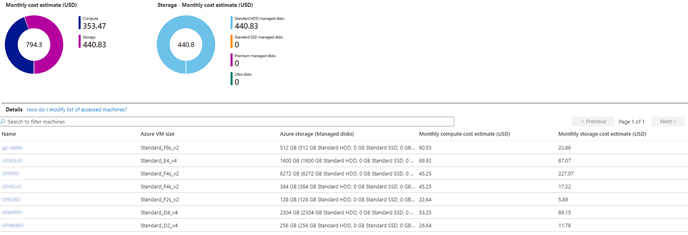Table of Contents
Over the past 18+ months, we estimate that 65%+ of conversations we’ve had with customers migrating to the public cloud have resulted in Azure cloud migration services.
This can be for several reasons like their pricing model or ease of continuing to use Microsoft products (many customers already leverage the Microsoft suite of tools), but we’re going to focus more on what the migration entails and what you can expect.
More specifically, we’re going to walk you through:
- Features of Azure cloud migration
- Benefits of Azure cloud migration services
- A deeper dive into the services and project planning
Azure cloud migration services is a solution where VirtuIT engineers migrate infrastructure, be it in vSphere, Hyper-V, vCloud, or physical servers, into your Azure virtual data center.
This provides a solution where you’ll no longer have to worry about all of the expenses of an on-premise data center, instead running your IT environment in Azure’s cloud.
Let’s get started.
Features of Azure Cloud Migration
Here are the some of the most impactful features of an Azure cloud migration.
Azure Assessments
An Azure Assessment will analyze your on-premise infrastructure and let you know before the project even begins what it will cost to run that same infrastructure in Azure.
For example, if you have an on-premise server that has 4 CPU, 8GB of memory, and a 500GB hard drive, Azure will see that and recommend an appropriately sized VM SKU to either match those existing specs, or improve them. It will also recommend ways you can save money by running your infrastructure in Azure.

Azure VM SKUs
This is the perfect time to discuss the different VM SKUs available in Azure.
Perhaps you want to save some money and choose a VM SKU with less CPU or RAM. Perhaps you’re not happy with the performance you’ve been getting on-premise and see Azure as an opportunity to finally expand your resources on some or all VMs.
This is also an opportunity to flesh out networking needs.
- How many networks will you need in Azure? What IP ranges do you want to use?
- Do you prefer using Azure virtual/local gateway endpoints to configure the site-to-site tunnel between your on-prem environment and Azure?
- Or do you want something with more security options like an Azure Firewall?
There are also a plethora of options when choosing an Azure Firewall. Different SKUs will offer different functionalities and network throughput.
There’s even the option for utilizing Azure Express Route – Azure’s most reliable and fastest private connection to Azure with up to 100Gb/s speeds.
Perhaps you want resiliency by having your new VMs automatically replicated in a nearby zone or region? Or perhaps you want your VMs to be able to scale instantly once certain performance metrics are met?
All of these choices and more will be discussed during the assessment phase.
Replications
A replication/migration appliance is deployed on-prem and is linked to Azure. It is used as a proxy to replicate your on-prem VM configuration and data into Azure. This requires no downtime and delta replications run daily until you are ready to finally cut over to Azure.
Test migrations
Prior to the final cutover to Azure, we can run a test migration. This essentially turns your replicated VM data into a “dummy” VM. Once turned on, you can test normal operations of your VM in Azure.
Cost optimization
Using a combination of the Azure Assessment tool and VirtuIT’s own expertise, we will recommend ways in which you can save even more money in Azure!

Benefits of Azure cloud migration services
Now that we’ve gone through what Azure migrations services and features entail, we’re going to get into some of the benefits of the offering.
Azure certified technical talent
One of the more challenging aspects of information technology is how quickly it changes and the need to continuously get trained on modern technologies.

By leveraging IT providers to complement your team, you will arm your staff with VirtuIT engineers that are annually certified and regularly practicing in Azure migrations and their environments.
This offloads the technical burden and the training costs associated with modern technologies.
Less reliant on legacy hardware
Another challenge is having to refresh legacy hardware every 5-7 years to keep up with performance and compatibility requirements.
Running in a cloud environment removes the worry as technology is constantly upgraded so that you are running on modern technology without the upfront purchase (more on that shortly).
Shift from Capex to Opex model
Those refreshes every 5-7 years put a significant strain on already limited budgets as you’re looking to upgrade storage, compute, and networking.
Running in a cloud environment helps you shift from a massive upfront cost (Capex) to a lower operational cost (Opex) to run on next-generation hardware.
The Opex model will allow you to scale resources with business needs.
Off-Premises solution
In an era where users are working remotely, security has continued to be a growing challenge. While moving your solution off-premise will not completely remove that challenge, it will add a layer of security.
With critical IT infrastructure off-premises, you’ll add stability to your IT environment with the option to scale security even further with solutions such as backup and disaster recovery.
Road-map ready
A road-map ready solution will reduce uncertainty by providing transparent resource utilization to help you better project-plan and meet future business demands.
You’ll no longer need to guess what support renewals look like, how much you’ll need to pay to keep up with growth, or how you’re going to upgrade to the latest technology to remain productive.
Services and Project Planning
Now that you have a better idea of the benefits, let’s get into what the project planning portion looks like.
Discovery & environment review
We will begin by asking you which parts of your environment you’re looking to move to Azure.
- Is it just your VMware or Hyper-V infrastructure?
- Is there physical infrastructure as well?
- Or perhaps VMs in AWS or vCloud Director?
Once we establish what you’re looking to move, we can begin the analysis of potential expenditure.
Cloud buildout
We will build out your tenant site in Azure, create a subscription, and begin deploying the necessary resources to get Azure talking to your on-prem environment including virtual networks, subnets, migrate appliances, storage accounts, gateways, etc.
Test migration
Prior to the final cutover to Azure, we can run a test migration. This essentially turns your replicated VM data into a “dummy” VM. Once turned on, you can test normal operations of your VM in Azure.
Production migration
Once you, along with our engineers, confirm we are ready to perform the final cutover of a VM, we will schedule a (usually) brief outage window.
During this time, one final incremental replication will run, the on-prem server will be shut down, and the new Azure VM will be turned on.
Once DNS records are updated, we can then perform final testing during the outage window and confirm everything is working as desired. Congratulations, you’re now running in Azure!
Closing Out
Your journey to the public cloud does not have to be an overwhelming and complex one.
By leveraging the right technical talent, you’ll be able to better understand your environment, the features that the public cloud has to offer, and realize the full potential of an optimized cloud infrastructure.
Let us know how your Azure migration is going or if you’re looking to implement azure cloud migration services.


